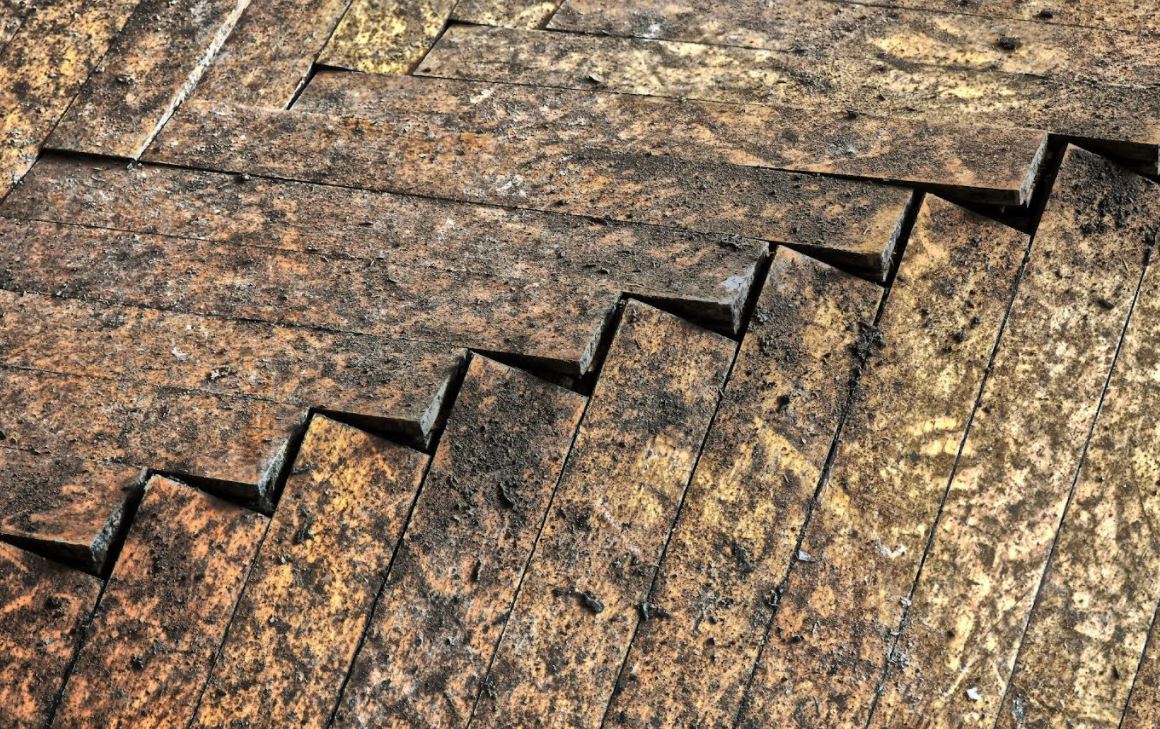Did you know that some American states experience more flooding than others? If you experienced a flood and there was floodwater on the floor, we can help.
In this guide, we’ll go over what to do in the event of water damage. Water-damaged floor will end up putting your home at risk for mold or structural issues.
Want to learn more? Keep reading.
Table of Contents
What Is the Extent of the Damage?
Is the damage to your floor cosmetic, minor, or destructive? Did water cover your floor for an extended period? If the floor’s still functional, you won’t end up spending as much money.
Yet, if the floor’s damaged beyond repairs, it could be a safety hazard to your home.
If your home didn’t get dry within 48 hours of the flooding incident, assume you have some mold growth. Mold can complicate floor repairs and impact your health.
Consider working with a Water Damage Restoration Company.
What Kind of Water Flooded Your Home?
You should also find out the kind of water that flooded your floors. If the water’s clean, like water leaking from pipes, it’s a lot safer to manage.
Gray water from washing machines, toilets, or dishwashers is considered dirty, and gray water can have contaminants. If you choose to clean the water, make sure you have the proper safety equipment.
Black water refers to water from rivers or sewage. This kind of water will contain bacteria that have serious contaminants. You’ll need professional help to clean up the job.
Will You Hire a Professional?
The water damage will determine if you tackle the job on your own or if you need to hire a professional.
If you would like to repair the flooring yourself, you should consider if this is something you can complete.
Replacing damaged floors might take a lot of time and effort. You could save time by hiring professionals to repair the flooring.
Homeowners can clean up areas of fewer than 10 square feet with the proper protocol. Yet, if you’re dealing with a larger area, you should consult a professional who has mold experience.
How Urgent Is the Matter?
Next, you’ll need to consider where the damaged flooring’s located. Is it in a high-traffic region of your home?
Could pets or young kids get injured by the decayed floors? Your decision to replace or repair the flooring will depend on if you need to fix it fast.
If you use the area a lot, you’ll want to get the flooring fixed right away. Also, if the home has mold from the water damage, you’ll need to get it fixed right away.

Is the Subfloor Damaged?
Subflooring is the concrete or wooden support system that rests under the floor.
If water damages the subfloors, you will notice the floor has become lifted or swollen. Sometimes, the floor will also feel squishier or soft when you walk across it.
You should replace damaged subflooring. You want to avoid mold problems. Try to begin drying the affected area after the flood.
You can use a wet vacuum to soak up any standing water. You should open windows, closets, and inner doors to boost airflow.
Pick up extra fans and point them toward the damaged flooring. Dehumidifiers can also help to get rid of any excess moisture.
During the drying process, if you come across mold, you should stop using the fan. Fans will end up spreading the mold throughout your home.
Get rid of any visible mold. When you do this, make sure you wear protection over your eyes and cover your mouth, nose, and wear gloves.
Make sure children and others with weakened immune systems stay away from that spot.
You might feel overwhelmed or stressed with this project. Work with a professional who can help you through the process.
You Want a New Look
Sometimes, people will consider replacing their flooring even if the flooring’s salvageable. Water damage’s unwanted, yet sometimes, it gives homeowners a push to invest in new flooring.
Consider different materials like tile, vinyl, or laminate that will protect against water. If you pick hardwood flooring, make sure you take the proper steps to waterproof it.
After the flooring gets installed, you should maintain it. Maintaining your floors will protect them from water damage.
Furniture legs or hard shoes could end up scuffing your new flooring. You should ask your guests to take off their shoes and add guards to your furniture legs.
For a high-traffic area, add a rug to the room. You could also vacuum often. Dirt or dust left on the floor can damage your flooring. Set up a cleaning schedule so you can extend the lifespan of your flooring.
You can also schedule a professional cleaner to complete a deep clean on your flooring. You should look at completing spot cleaning to avoid potential stains from a spill.
You Can Handle Water Damaged Floor
We hope this guide on damaged flooring was helpful.
Make sure you start airing out the affected area right away. Find out if there’s mold or if the subflooring got damaged.
You might need to look at a complete replacement. A water-damaged floor will end up weakening the structure of your home. Make sure you repair it right away.
Are you looking for more home tips? Browse our other resources on the blog, and learn how to keep your home in top shape.

